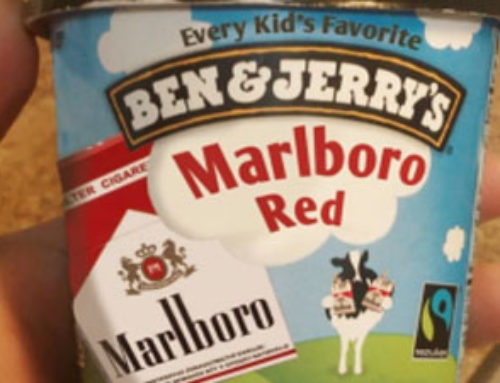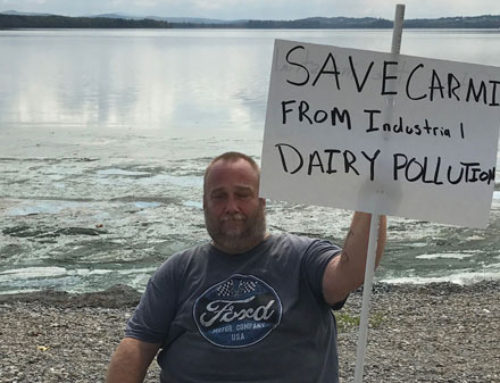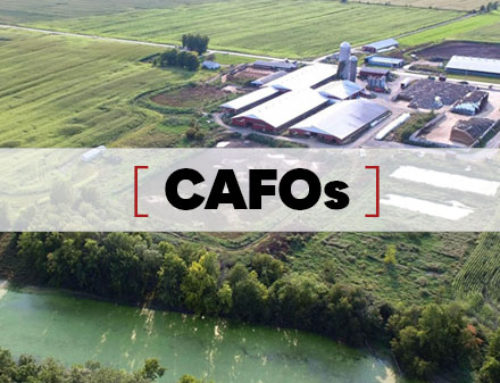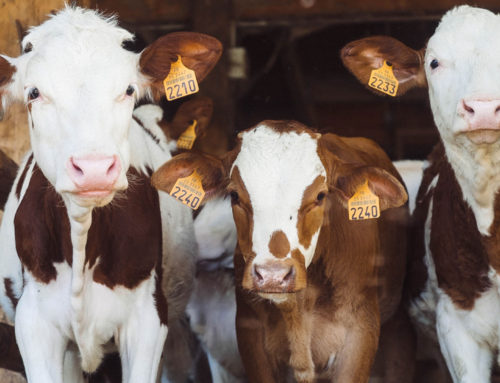The great poet and sage, Gary Snyder, wrote: “When making an axe handle, the pattern is not far off.”
And so it is with reforming agriculture. The pattern is not far off. It was only 60 years ago that Vermont was 10,000 farms richer. It was organic agriculture before there needed to be an organic agriculture. And it was intensely local; they were the original localvores. Vermont doesn’t need to go back to be the land of 10,000 dairy farms. But it does need to get off the industrial super-highway that has brought it to the brink.
The regeneration of Vermont’s agriculture must be centered on and in the soil. Annual tilling, spraying, fertilizing, mono-cropping and then leaving the land fallow for the winter is destroying its vitality and robbing it of its ability to act as a sequester of carbon, a sink of sorts, that can act as a climate solution. Returning to grass-based farming, rather than the carbon-intensive feed-based, will, in and of itself, reduce and even reverse many of the systemic problems brought on by industrial techniques. Cover-cropping fallow land, for example, does a tremendous amount to alleviate farm runoff and sequester – rather than release – carbon. Seeing a field lying barren in the post-harvest late fall or early winter should make us feel the same as if we saw a house without a roof.
We need to understand that size does matter when it comes to farms and farm animals. There is such a thing as a farm being too big for its environment’s carrying capacity. There are currently 33 farms in Vermont with more than 700 cows, the minimum number needed to be classified as a CAFO (concentrated animal feeding operation). It’s estimated that there are nearly 50,000 cows on those 33 farms. Worse, nearly half of them are directly within the Lake Champlain watershed. We’re just asking for trouble.
How big is too big seems like a legitimate question for the public to grapple with. There is nothing regenerative about housing thousands of dairy cows on concrete pads, feeding them GMO corn that has been heavily sprayed with pesticides and nitrogen fertilizers that eventually find their way to our waterways, and all for the lowest of commodity prices. It’s the very definition of degeneration.
Regeneration agriculture seeks to farm with nature as a partner, not an enemy combatant. It seeks to put down the pesticides and herbicides, turn away from the climate-busting fertilizers, get off GMO corn, all with a new focus on keeping our soils as healthy and vibrant as possible, most immediately by moving back toward a grasslands and grass-fed focus.




